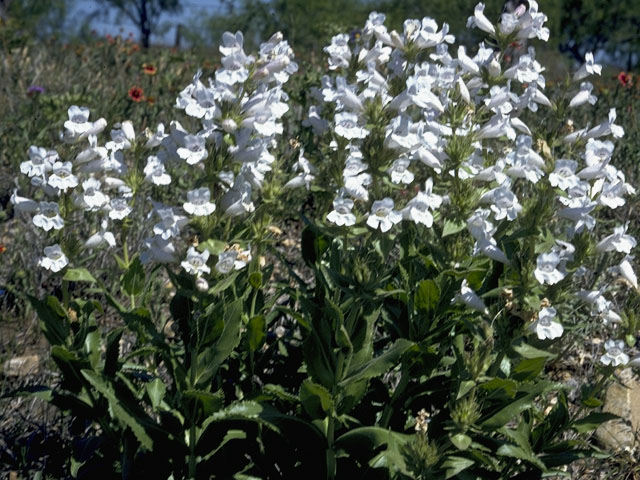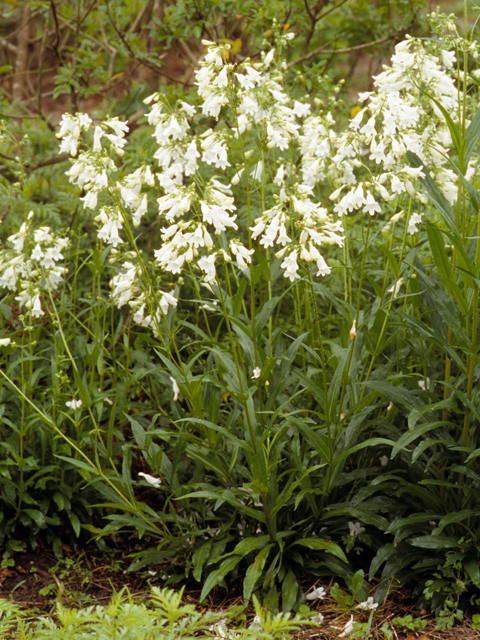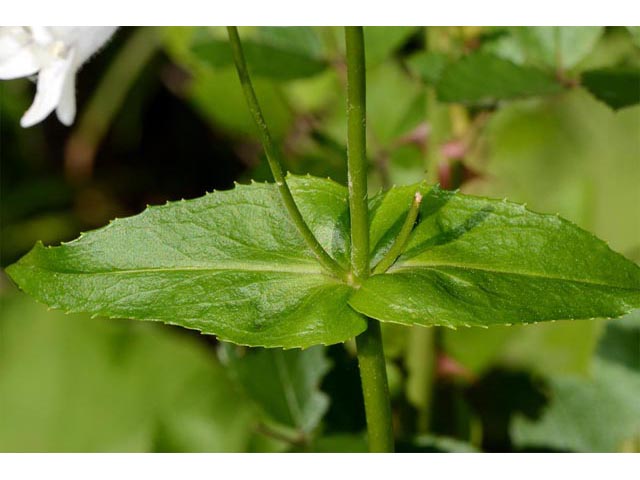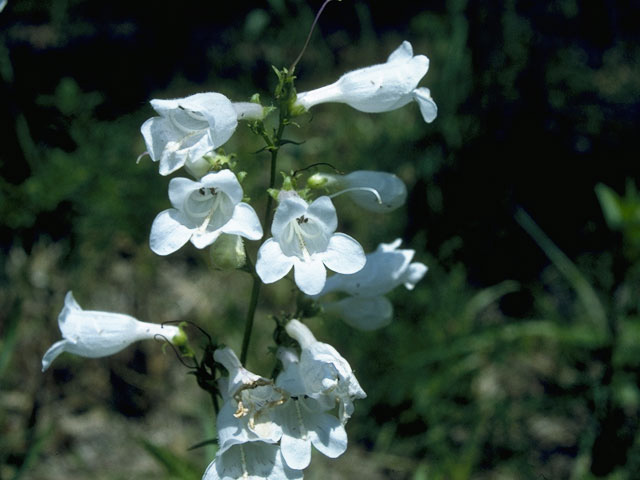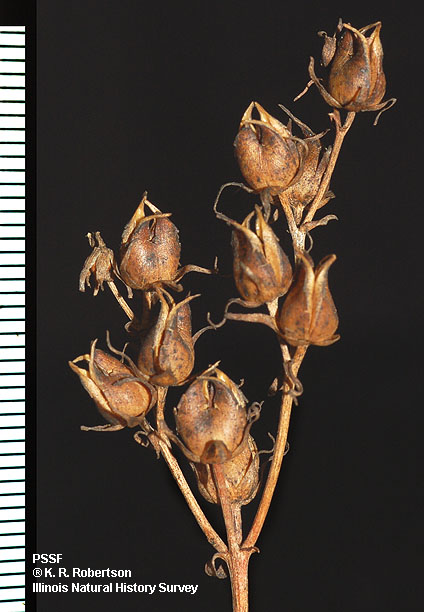Other Common Names:
| Lady Bird Johnson Wildflower Center |
| W. D. and Dolphia Bransford |
Mississippi Penstemon, Mississippi Beardtongue, Smooth White Penstemon, Smooth White Beardtongue, Talus Slope Penstemon, Talus Slope Beardtongue
Latin Name: Penstemon digitalis
CLICK HERE to download a PDF of this info for your maintenance packet.
For more information, click on the links below:
Description | Ecological Benefits | Maintenance Notes | Habitat | QR Code & Plant ID Sign
| Lady Bird Johnson Wildflower Center |
| Sally and Andy Wasowski |
Native to Alabama: X Native _ Non-Native _ Non-Native Invasive
Plant Type: X Herb _ Succulent _ Grass _ Fern _ Vine _ Shrub _ Tree
Leaf Retention: _ Deciduous _ Evergreen X Semi-Evergreen
Duration/Lifespan: _ Annual _ Biennial X Perennial
Height: 3 – 5 feet
Width/Spread: 1.5 – 2 feet
Click here for more details: Leaves | Flower | Seeds
This plant provides food for:
X Butterflies
X Caterpillars: Chalcedony Midget Moth, Baltimore Checkerspot
X Native Bees
X Hummingbirds
X Other Birds
Other Ecological Benefit(s): food source to mammalian herbivores when no other source available
Other Plants Found in Alabama with Similar Ecological Benefits:
- Eustis Lake Penstemon (Penstemon australis) – bees
- Long-sepal Penstemon (Penstemon calycocus) – bees
- Eastern Gray Penstemon (Penstemon canescens) – bees
- Nodding Penstemon (Penstemon laxiflorus) – hummingbirds, bees
- Eastern Smooth Penstemon (Penstemon laevigatus) – bees
- Many-flowered Penstemon (Penstemon multiflorus) – bees
- Pale Penstemon (Penstemon pallidus) – bees
- Small’s Penstemon (Penstemon smallii) – bees
- Eastern Whiteflower Penstemon (Penstemon tenuiflorus) – bees
Can you cut some of the flowers for indoor vase? X Yes _ No
Should dead plant parts be removed when the plant dies back? X Yes _ No If yes, when? cut bloom stalks once they’ve turned brown to keep a near appearance
Winter Interest (if any): X Dormant _ Not Dormant
| National Gardening Association |
| Green Amber Gardens |
Leaf Shape: _ Ovate _ Heart _ Linear _ Triangular X Lanceolate X Other: elliptical
Leaf Arrangement: X Opposite _ Alternate _ Whorled
Leaf Margin: X Entire/Smooth _ Crenate X Dentate _ Serrate _ Lobed _ Serrate & Lobed
Leaf Form: X Simple _ Compound _ Twice Compound
Leaf Description: basal clusters of leaves are green with reddish tint, variable shape but typically elliptical, up to 6 inches long, smooth margins; flowering stalks emerge from these clusters and their opposite leaves are lanceolate with tiny teeth on the edges and a shiny surface
Leaf & Flower Description Chart (PDF) | Leaf Description Chart (JPG)
| Lady Bird Johnson Wildflower Center |
| James L. Reveal |
| Lady Bird Johnson Wildflower Center |
| Norman G. Flaigg |
Flower Color: white
Flower Shape: tubulate
Flower(s) Description: loose clusters of white, unevenly 5-lobed, 1-inch long flowers on top of upright stem; flowers grow in pairs from the upper leaf axils; outer surface of flowers is hairy; purple lines in throat of flower for bees; each flower has 5 stamens, one with a tuft of small hairs
Flower Blooming Months: X May X Jun X Jul
Leaf & Flower Description Chart (PDF) | Flower Description Chart (JPG)
| Eastern Illinois University Prairie Restoration Website |
| K. R. Robertson – Illinois Natural History Survey |
How does this plant spread? X Seeds X Rhizomes/Tubers/Roots & Shoots
Explain: The seeds can be spread by wind; underground rhizomes produce new plantlets around the base; clump-forming
How Does this Plant Produce Its Seeds? _ Bare Seeds X In a Fruit
If the seeds are in a fruit, what type of fruit? _ Berry _ Nut _ Winged Seed Pod X Dry Seed Pod _ Moist Fruit
Describe the Seeds and/or Fruit: tan, oval capsules containing numerous brown, finely pitted, irregularly angled seeds
Months/Seasons it produces Fruit/Seed: summer – fall
| USDA-NRCS PLANTS Database |
| Steve Hurst |
Sun/Shade:
X Sun (6+ hours of sun per day)
X Part Sun/Shade (2-6 hours of sun per day)
_ Shade (Less than 2 hours of sun per day)
Water:
_ Prefers Dry Soil
X Prefers Average Watering
_ Prefers Heavy Watering with Good Drainage
_ Prefers Moist to Wet Soil at All Times
Soil Type(s): X Well-Drained X Sandy X Loamy _ Clay X Limestone X Acidic X Moist
We created a QR Code that is linked to this webpage that you can incorporate into your plant identification sign for this plant. When a student or teacher scans the QR Code (on the plant ID sign) with the QR Code Reader app on their device, then this webpage will open up on their device (cell phone, tablet, or laptop), so that they can learn more about this plant.
To create a Plant ID Sign for this plant, you have two options:
- CLICK HERE to download a PNG of the QR Code for this plant. You can provide this QR Code to the company that is creating your plant identification signs, and ask them to incorporate the QR code on the plant ID sign.
- CLICK HERE to download an editable Word Doc Template or CLICK HERE for a pre-made PDF Template plant identification sign that incorporates the name of this plant with its QR code. You can then provide the PDF to your sign company to create the plant ID sign.
INFORMATION SOURCES FOR THIS PLANT
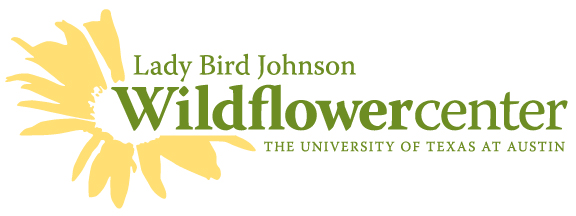 |
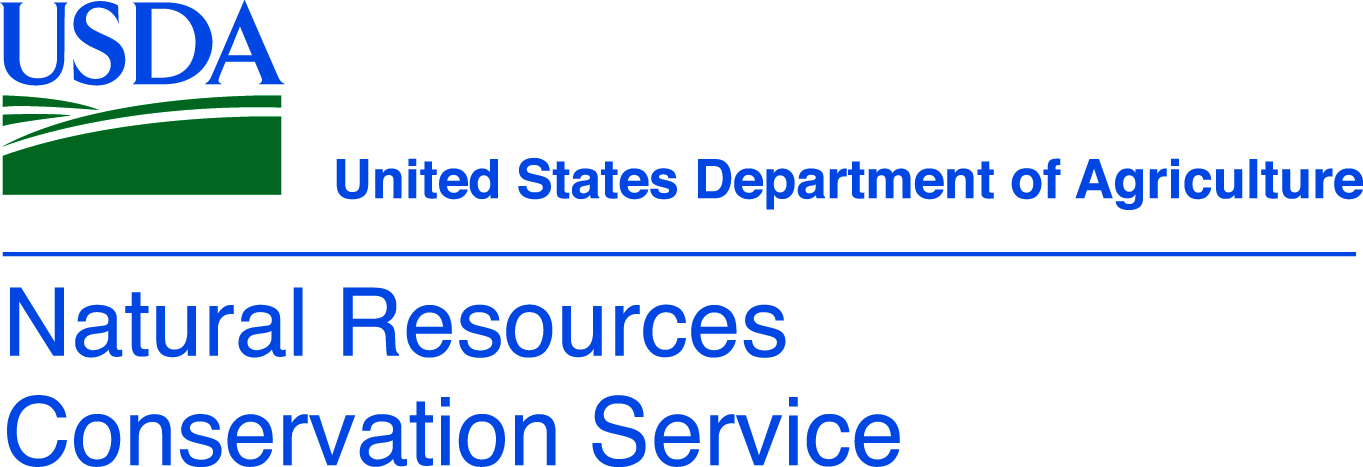 |
|
|
|
 |
|
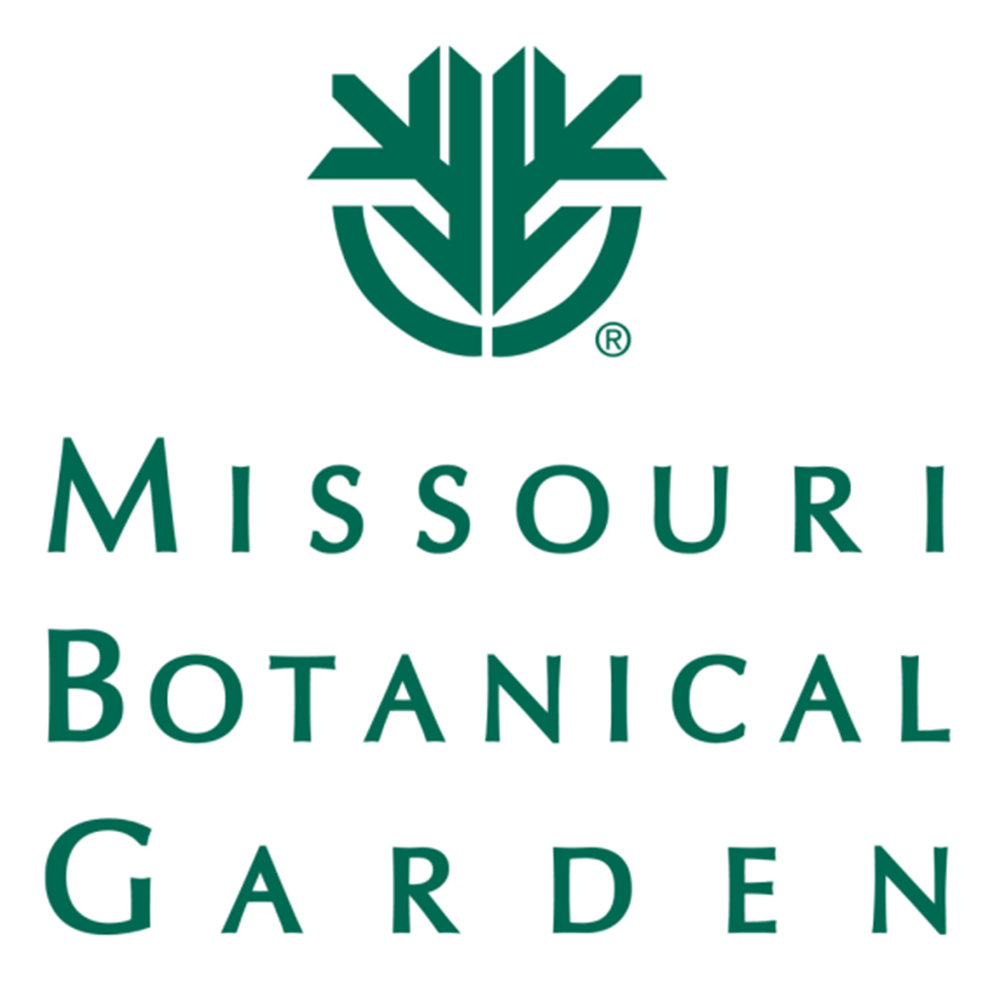 |









